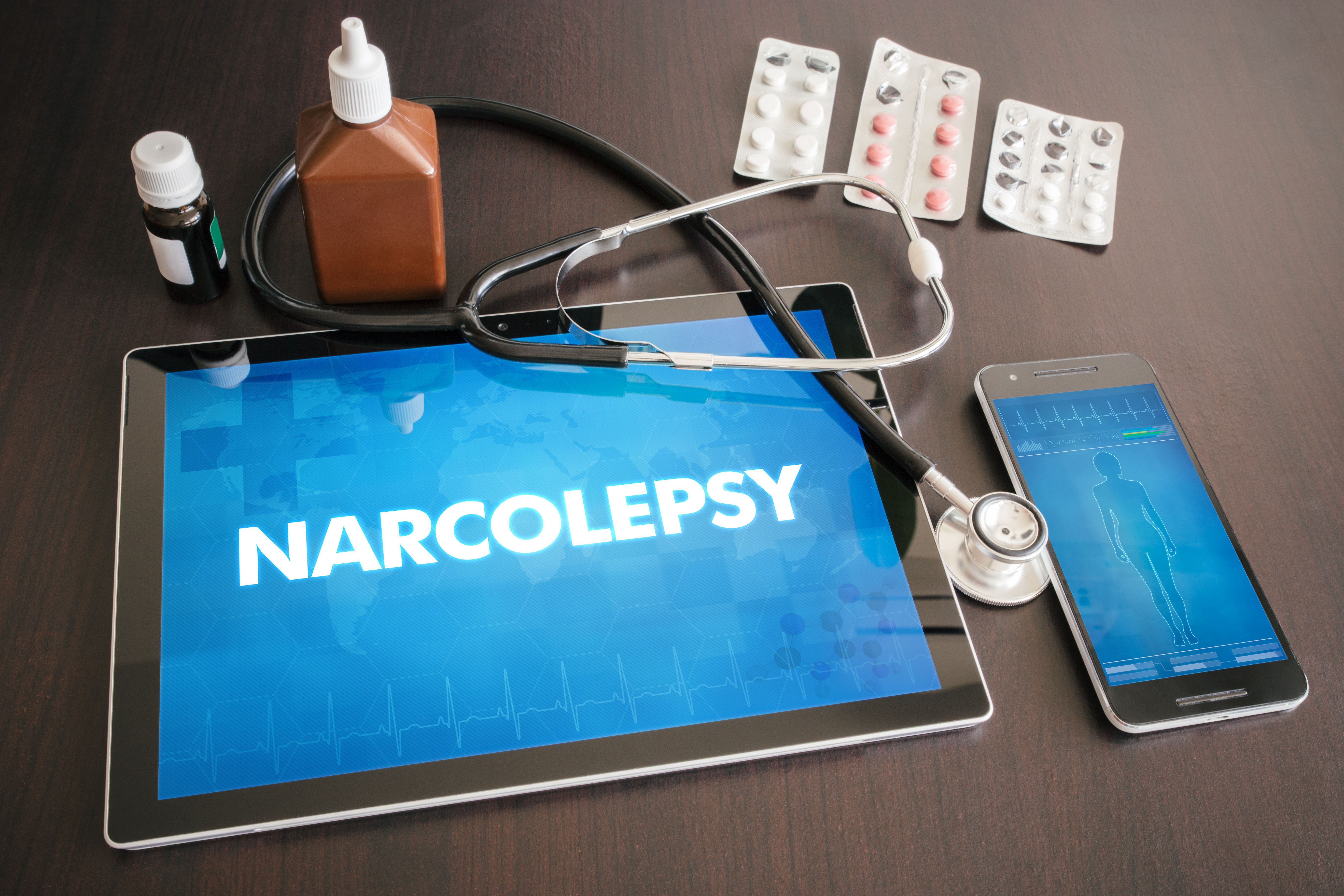Video
New Directions in Treatment
Author(s):
Thought leaders consider the role of newer medications in the therapeutic landscape.
Thomas E. Scammell, MD: Let's talk about some of the newer medications in the last couple of years; solriamfetol and pitolisant have been approved by the FDA as well as a lower sodium version of oxybates. Any thoughts on how these slot in amongst these other medicines?
Phyllis C. Zee, MD, PhD: what is interesting about pitolisant is that some of their studies have also been done as a medication that's been used with others such armodafinil and even, I believe, sodium oxybate. I personally have added pitolisant on to some of these other medications such as modafinil rather than an amphetamine, for example. Maybe I would try that first, depending on cost and availability. I think same for solriamfetol. I usually don't use it together with another stimulant, but that may be my next one up for modafinil, maybe solriamfetol rather than amphetamine.
Thomas E. Scammell, MD: Is there advantages of solriamfetol in that regard?
Phyllis C. Zee, MD, PhD: Well, I think that being more of a reuptake inhibitor, it is supposedly less, although there are cardiovascular side effects versus, there is this issue with blood pressure, but at least in my head, I think it may be less. Just based on that there may be advantages, but I don't know about the long-term data with solriamfetol. Maybe somebody else can comment on that, the abuse liability, etcetera. I'm not as clear, I would imagine it will be similar.
Thomas E. Scammell, MD: My impression is the abuse liability with solriamfetol is pretty low.
Phyllis C. Zee, MD, PhD: It's pretty low.
Thomas E. Scammell, MD: And I agree with you. At higher doses, especially, it can increase blood pressure a few points. But as a reuptake blocker of dopamine and norepinephrine, I think it is a bit less prone towards the somewhat large increases in blood pressure that you can sometimes see with amphetamines.
Phyllis C. Zee, MD, PhD: That's probably why I would just use that as the second line after Modafinil. It's cost that is another issue, it is being able to prescribe that to your patients. Sometimes they make you try all these other things first.
Thomas E. Scammell, MD: Dr. Moawad, you have some thoughts? Yes, go ahead, Dr. Benca?
Ruth Benca, MD, PhD: Well, as I mentioned earlier too in patients where you're concerned about substance abuse potential, and you want to stay away from amphetamines, these are also things to consider.
Thomas E. Scammell, MD: Have any of you encountered actual drug abuse with pitolisant, solriamfetol, or oxybate?
Phyllis C. Zee, MD, PhD: I have not with the pitolisant or sodium oxybate. Not sure about solriamfetol, I just don't have enough of an experience with that, but not really. I've had patients say, “well, maybe it doesn't work even at higher doses,” and then go to the next thing. I have not seen them abuse it or go to higher doses. I have not seen that.
Transcript edited for clarity
Newsletter
Receive trusted psychiatric news, expert analysis, and clinical insights — subscribe today to support your practice and your patients.






